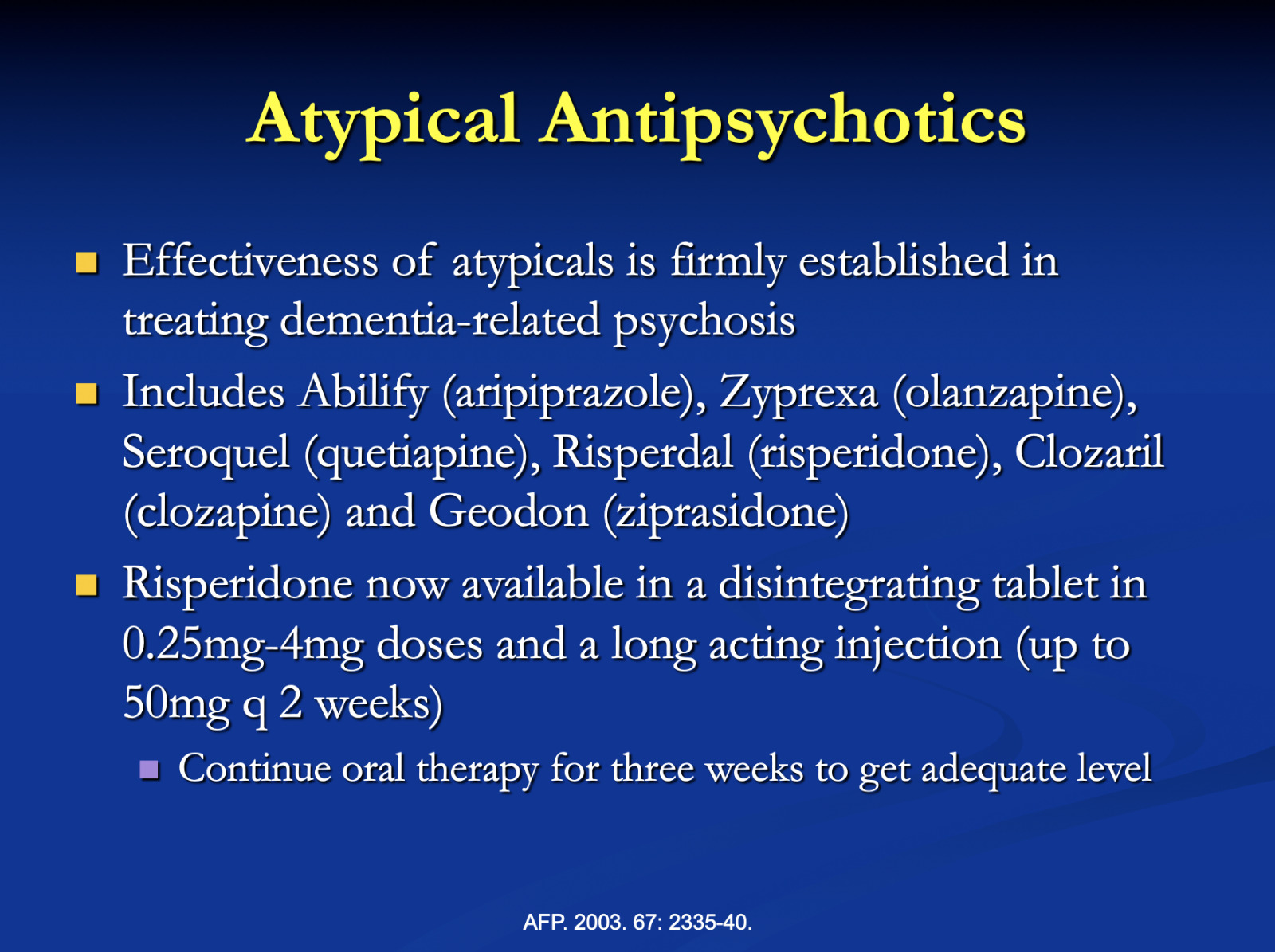52 page ALZHEIMER’S DISEASE DEMENTIA PowerPoint Presentation on CD For Sale

When you click on links to various merchants on this site and make a purchase, this can result in this site earning a commission. Affiliate programs and affiliations include, but are not limited to, the eBay Partner Network.
52 page ALZHEIMER’S DISEASE DEMENTIA PowerPoint Presentation on CD:
$11.99
Thank you!
If you do not wish to have your item(s) delivered on data disc(s), I can provide them on a flash drive and other means as well. Just let me know if a disc does not work for you and we can discuss delivery by other methods.
COMBINING SHIPPING COSTS
Are you purchasing multiple items? I will: a) combine all invoices before payment and charge shipping equivalent to one item, or b) refund all shipping costs in excess of one item after payment.
All derivative (i.e. change in media; by compilation) work from this underlying U.S. Government public domain/public release data is COPYRIGHT © GOVPUBS
$3.00 first class shipping in U.S.
Includes the Adobe Acrobat Reader for reading and printing publications.
Numerous illustrations and matrices.
Contains the following key public domain (not copyrighted) U.S. Government publication(s) on one CD-ROM in both Microsoft PowerPoint and Adobe Acrobat PDF file formats:
TITLE:
Dementia, 2004, 52 pages (slides)
SLIDE TOPICS, SUBTOPICS and CONTENTS:
2006 Capital Conference Dementia Colonel Brian Unwin, M.D. Department of Family Medicine, USUHS OBJECTIVES Know and understand: The risks for and causes of dementia Evaluation of patients with dementia General behavioral and pharmacologic treatment strategies Role of community resources for patient and caregivers Geriatrics will be part of your practice: Aged >65 are 14% of our population in 2010, and 25% in 2050 Age >85 will be 5% of our population in 2050 33% of our office visits, becoming 50% of our office visits Accounts for 1/3 of our health care dollar THE DEMOGRAPHY OF ALZHEIMER’S DISEASE (AD) 4 million in U.S. currently 14 million in U.S. by 2050 1 in 10 persons aged 65+ and nearly half of those aged 85+ have AD Life expectancy of 8-10 years after symptoms begin THE IMPACT OF DEMENTIA Economic $199 billion annually for care and lost productivity Medicare, Medicaid, private insurance provide only partial coverage Families bear greatest burden of expense Emotional Direct toll on patients Nearly half of caregivers suffer depression Dementia and Goals of Care Prolonging life Preventing M&M Prevent functional decline Slow progression Decrease psychiatric/behavioral problems Dialysis Immunizations Fall reduction program Cholinesterase Inhibition and Memantine Pharmacologic and behavioral interventions Dementia and Goals of Care Restore and improve function Decrease caregiver burden Achieve a peaceful death Rehab after fracture Support groups and community services Hospice referral WHAT IS DEMENTIA? DSM-IV DIAGNOSTIC CRITERIA FOR ALZHEIMER’S DEMENTIA (AD): Development of cognitive deficits manifested by both impaired memory aphasia, apraxia, agnosia, disturbed executive function Significantly impaired social, occupational function Gradual onset, continuing decline Not due to CNS or other physical conditions (e.g., Parkinson’s, delirium) Not due to an Axis I disorder (e.g., schizophrenia) SYMPTOMS & SIGNS OF AD Memory impairment Gradual onset, progressive cognitive decline Behavior and mood changes Difficulty learning, retaining new information Aphasia, apraxia, disorientation, visuospatial dysfunction Impaired executive function, judgment Delusions, hallucinations, aggression, wandering Behavioral Disturbances in Dementia: Function and Mental Status: DIFFERENTIAL DIAGNOSIS FOR DEMENTIA: Alzheimer’s disease- 70% Vascular dementia- 10-20% Dementia associated with Lewy bodies (associated with PD features) Frontal lobe- Picks: <5% Other Alcohol Parkinson's disease [PD] Delirium Depression Neurosyphilis Creutzfeldt-Jakob (1/167,000 in U.S. annually) NPH (ataxia>incontinence> cognition) “Normal” NORMAL LAPSES vs DEMENTIA Examples (1 of 2) Forgetting a name Leaving kettle on Finding right word Forgetting date or day Not recognizing family member Forgetting to serve meal just prepared Substituting inappropriate words Getting lost in own neighborhood NORMAL LAPSES vs DEMENTIA Examples (2 of 2) Trouble balancing checkbook Losing keys, glasses Getting blues in sad situations Gradual changes with aging Not recognizing numbers Putting iron in freezer Rapid mood swings for no reason Sudden, dramatic personality change DEPRESSION vs DEMENTIA: The symptoms of depression and dementia often overlap Late life depression can herald impending dementia In general, patients with primary depression: Demonstrate ? motivation during cognitive testing Express cognitive complaints that exceed measured deficits Maintain language and motor skills Risk Factors for AD Age Family history Head injury Fewer years of education Down’s Syndrome Metabolic Syndrome? Inactivity? Vascular disease risk factors THE GENETICS OF DEMENTIA Mutations of chromosomes 1, 14, 21 Rare early-onset (before age 60) familial forms of dementia Down’s syndrome Limited indications for screening Apolipoprotein E4 on chromosome 19 Late-onset AD APOE*4 allele ? risk & ? onset age in dose-related fashion APOE*2 allele may have protective effect Limited indications for screening HISTORY: Ask both the patient & a reliable informant about the patient’s: Current condition Medical history Current medications & medication history Patterns of alcohol use or abuse Living arrangements PHYSICAL Examine: Neurologic status Mental status Functional status Hearing/vision loss Include: Quantified screens for cognition and depression e.g., Folstein’s MMSE, Clock Draw Neuropsychologic testing for uncertain cases Clock Draw Test Instructions: “Draw the face of a clock, putting the numbers in correct position. I’ll then ask you to indicate a time after you are done.” Ask the patient to draw in the hands at ten minutes after eleven or twenty minutes after eight. Clock Draw Test Scoring: Draws closed circle: 1 point Places numbers in correct position: 1 point Includes all 12 correct numbers: 1 point Places hands in correct position: 1 point Interpretation: Clinical judgment MUST be applied Cognitively impaired people typically don’t draw a perfect clock Clock Draw Interpretation CDT of 4 approximates a MMSE of near 30 or mild cognitive impairment CDT of 2 puts patient in the moderate impairment of MMSE scores of high teens. CDT of 1 reflects moderate-to-severe scores on MMSE (low teens) Abnormal results suggests need for further assessment Clock Draw Examples: Mini-Mental State Exam (MMSE): 30-point scale to evaluate orientation, concentration, verbal and visual-spatial skills Not necessarily the “gold standard,” but most commonly recognized. Subject to level of educational attainment, language barriers, and vision/hearing requirements “Early” stages typically score 21-30, “moderate” 11-20, and end-stage 0-10 What labs to do? LABORATORY: Laboratory tests should include: Complete blood cell count Blood chemistries Liver function tests Consider HIV testing Serologic tests for: Syphilis, TSH, B12 level To image or not to image… IMAGING: Use imaging when: Onset occurs at age < 65 years Symptoms have occurred for < 2 years Neurologic signs are asymmetric Clinical picture suggests normal-pressure hydrocephalus Consider: Noncontrast computed topography head scan Magnetic resonance imaging Positron emission tomography TREATMENT & MANAGEMENT: Primary goals: To enhance quality of life Maximize functional performance by improving Cognition Mood Behavior Primary Goals Help the caregiver Treat depression (patient and caregiver) Advanced planning (Living Will and DPOA) Patient and caregiver education Social Work Services Respite services Honest assessment of abilities (i.e., driving, finances, etc.) Area Agency on Aging Primary Goals (continued) Take care of the eyes Take care of the hearing Take care of the teeth Some patients need Adult Protective Services Cholinesterase Inhibitors Donepezil (Aricept):1996 Delay nursing home placement and progression 5mg q d (start) to 10mg q d Rivastigmine (Exelon):2000 Global functioning and ADL preservation Start at 1.5mg offer to max 6mg offer Galantamine (now Razadyne (ER) formerly Reminyl) (2001/2005) Slowing progression 4mg offer to max 12 mg offer Extended release version: 8mg/day, (16mg/day), 24 mg/day General thoughts about CIs Price about the same ($120-130 per month) Up to 35% of patients taking an anticholinergic! JAGS. 52: 2082-2087, 2004. GI upset common, also watch for bradycardia Clinically meaningful benefit is debated from an EBM perspective Clinical support strong Pharmacologic Memantine (Namenda) Indicated for moderate to severe dementia Friendly side-effect profile Start at 5mg daily, target dose: 20 mg q day Studies suggest added benefit when used with CIs Often used with those intolerant to CIs Long standing use in Germany Debate on clinical impact/timing with use of this medication Ginkgo Approved in Germany for treatment Antioxidant properties? Usual dosing at 240mg/day Associated with platelet inhibition Dementia Therapy Update Update on Dementia Medications Kaduszkiewicz H, et al. Cholinesterase inhibitors for patients with Alzheimer’s Disease: systematic review of randomised trials. BMJ. August 6, 2005; 331:321-7. Challenging Article Bottom line Evidence of effectiveness is based on small effects found in poorly analyzed studies AD drug studies need close scrutiny for methodologic errors and inflated benefit Contrary to Cochrane Reviews conclusions were drawn “without a comprehensive assessment of the methodological quality of the trials.” Contrary to meta-analyses and American Academy of Neurology No attempt “consider the quality of the included trials.” Frustrated! Excellent review Conflicts with mentor’s experience Conflicts with my hopes/limited experience Re-evaluate my aggressive use of the agents The need for the big, unbiased definitive study Behavioral Pharmacology Dementia behaviors may improve with cholinesterase inhibitors Wandering and pacing is NOT corrected with anti-psychotics Best treated with behavior modification and caregiver education, training and respite CIs may reduce inpatient delirium episodes Atypical Antipsychotics Effectiveness of atypicals is firmly established in treating dementia-related psychosis Includes Abilify (aripiprazole), Zyprexa (olanzapine), Seroquel (quetiapine), Risperdal (risperidone), Clozaril (clozapine) and Geodon (ziprasidone) Risperidone now available in a disintegrating tablet in 0.25mg-4mg doses and a long acting injection (up to 50mg q 2 weeks) Continue oral therapy for three weeks to get adequate level Risk of Atypical Antipsychotics Class Effect New black box warning of increased risk of death and “not approved for use in dementia-related psychosis.” Risk of death 1.6-1.7 x that of placebo Over a 10 week trial. 4.5% rate of death vs. 2.6% for the placebo group. Mostly cardiovascular deaths or infectious (pneumonia) Patient (caregiver) specific risk assessment and counseling Other agents: Valproate for agitation- Insufficient Evidence Trazodone for agitation- Insufficient Evidence Haldol for agitation- Effective, side effects are a problem Zhiling decoction (herbal combination)- insufficient evidence Propentofylline (adenosine blocker and phosphodiesterase inhibitor)- limited evidence of benefit Lecithin- not supported Acetyl-l-carnitine (ALC)- not supported at this time Screening for dementia The USPSTF concludes that the evidence is insufficient to recommend for or against routine screening for dementia in older adults. Age and educational level influences results The problem of arbitrary cut points Functional assessment can also detect dementia (FAQ) Clinical considerations MMSE: PPV in UNSELECTED groups is only fair Early recognition helpful We should screen when we suspect Screening for depression and dementia New tools available Depression is very common in the elderly See: AFP 2004; 70: 1101-1110. SUMMARY: Dementia is common in older adults but is NOT an inherent part of aging AD is the most common type of dementia, followed by vascular dementia and dementia with Lewy bodies Evaluation includes history with informant, physical & functional assessment, focused labs, & possibly brain imaging SUMMARY: Primary treatment goals: Enhance quality of life, Maximize function by improving cognition, mood, behavior Treatment may use both medications and nonpharmacologic interventions Community resources should be used to support patient, family, caregivers

Related Items:
AVENGERS #93 52 PAGE GIANT NEAL ADAMS CLASSIC FULL GLOSS 9.0/9.2 KREE WAR
$448.00
AVENGERS #93 52 PAGE GIANT NEAL ADAMS CLASSIC VF/VF+ 1971
$122.50
Batman With Robin No. 240 Bronze Age 52 Page 3rd App -Ra's Al Ghoul 1st- Dr Moon
$34.00



